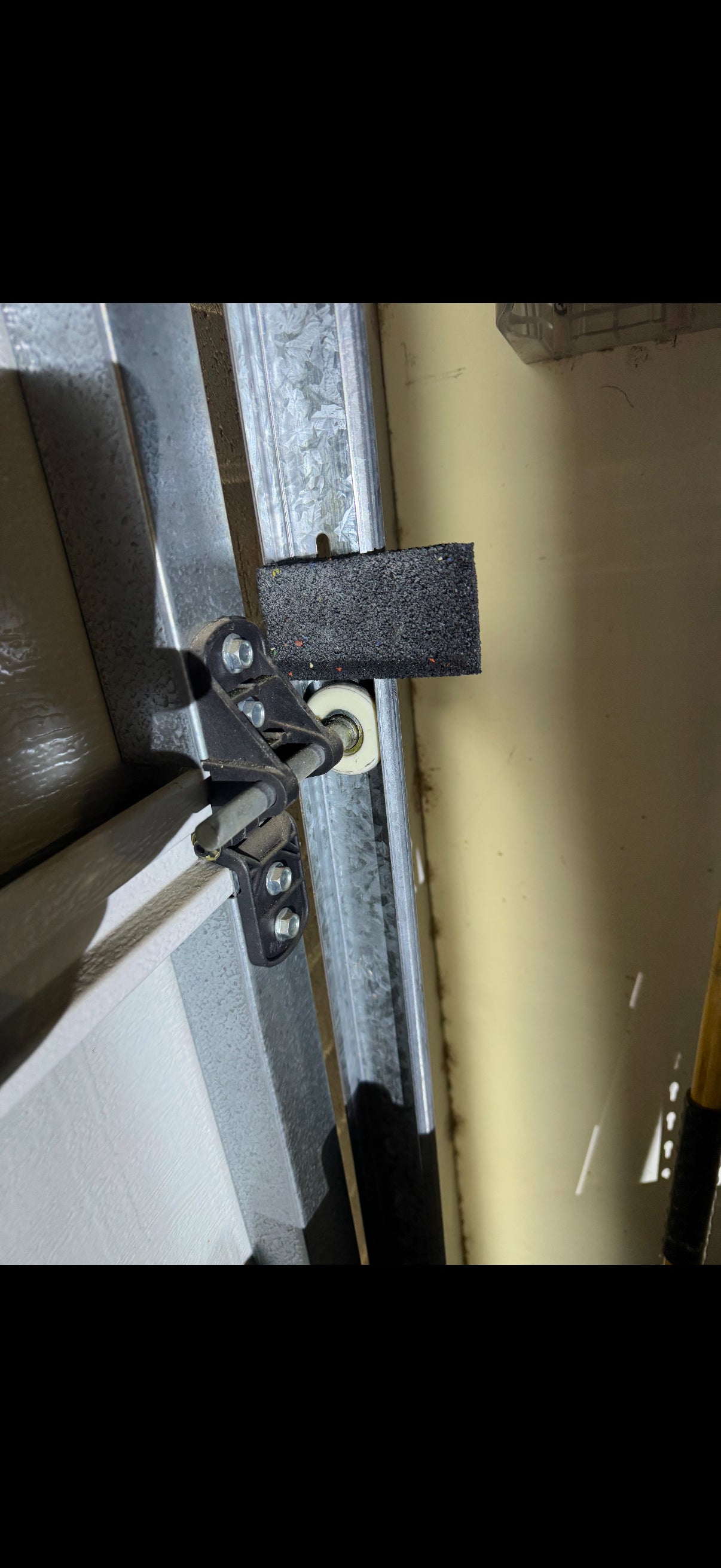
About us
Developing the SD Lock
After working for two years in the roller door installation industry, I noticed a consistent concern from homeowners: securing their garage doors effectively. Traditional locks often failed to fully deter potential break-ins, and the ones that did offer security were often complex and expensive. I wanted to design a simple, reliable, and cost-effective lock to solve this issue.
Step 1: Identifying the Problem
I frequently observed that most garage door locks either voided garage door warranty, were inconvenient to use on a daily basis. Additionally, locks that were installed in the door itself often required heavy-duty mechanisms that could be difficult to maintain or replace.
Step 2: Inspiration and Conceptualization
I realized that one of the main weaknesses in securing a roller door is the track system. The tracks guide the door up and down, but they also provide an opportunity for a lock to physically block the movement of the door from the inside. This gave me the idea of creating a lock that could sit directly in the track and physically obstruct the door’s movement when engaged.
Step 3: Designing the Lock Mechanism
I wanted the lock to be simple, so I started by imagining a mechanism that could easily slide into place without the need for a complicated installation. I thought about how the lock would need to fit into the track tightly and stay in place until manually disengaged.
This meant the lock needed to be durable and resistant to wear and tear, yet lightweight and easy to install. That's when I decided to experiment with recycled rubber, which is both cost-effective and flexible enough to mold into the shape needed.
Step 4: Measurements and Prototyping
The key to ensuring that the lock would work as intended was accuracy in measurements. I took precise measurements of common roller door tracks to determine the size of the lock piece. I tested the rubber pieces to ensure they fit snugly into the tracks but could also be easily moved when needed.
I designed the lock with a simple but effective mechanism: a rubber insert that could be manually slid into place in the track to block the door. I made sure the rubber was thick enough to prevent the door from moving but not so thick that it became difficult to remove.
Step 5: Introducing an Aluminum Base
During early tests with the recycled rubber, I quickly realized that while the material was flexible, it didn’t provide enough strength to handle the forces and repeated use a garage door lock would face. In response, I decided to reinforce the rubber by adding an aluminum base beneath it.
The aluminum base was lightweight but significantly stronger than the rubber alone, allowing the lock to remain rigid and more durable under pressure. It also made the lock more resistant to bending or warping over time, especially when subjected to the force of a moving door.
The combination of aluminum and rubber also provided better stability, ensuring the lock wouldn’t shift or break even under regular use.
Step 6: Transitioning to Fresh Rubber
As I refined the design and moved toward production, I realized that while recycled rubber was a good starting point, fresh rubber would offer even better performance in terms of longevity and strength. Fresh rubber is more resistant to cracking, weathering, and wear, which made it a more reliable material for the product.
Step 7: The Addition of a Magnetic Strip
I wanted to ensure that it was as user-friendly and secure as possible. While the combination of fresh rubber and an aluminum base provided the necessary strength and durability, there was one challenge left: making sure the lock stayed in place while not in use, and ensuring smooth operation when the user needed to engage or disengage it.
Step 8: Finalizing the Design
With the aluminum base and fresh rubber, the lock became much stronger and more reliable. I tested it further, ensuring the lock could easily slide into the track but still provide a strong enough block to prevent the door from being moved. The rubber's flexibility, combined with the rigidity of the aluminum base, created a secure and user-friendly locking mechanism.

Caption
Designing the Lock Mechanism

Caption
Measurements and Prototyping

Caption